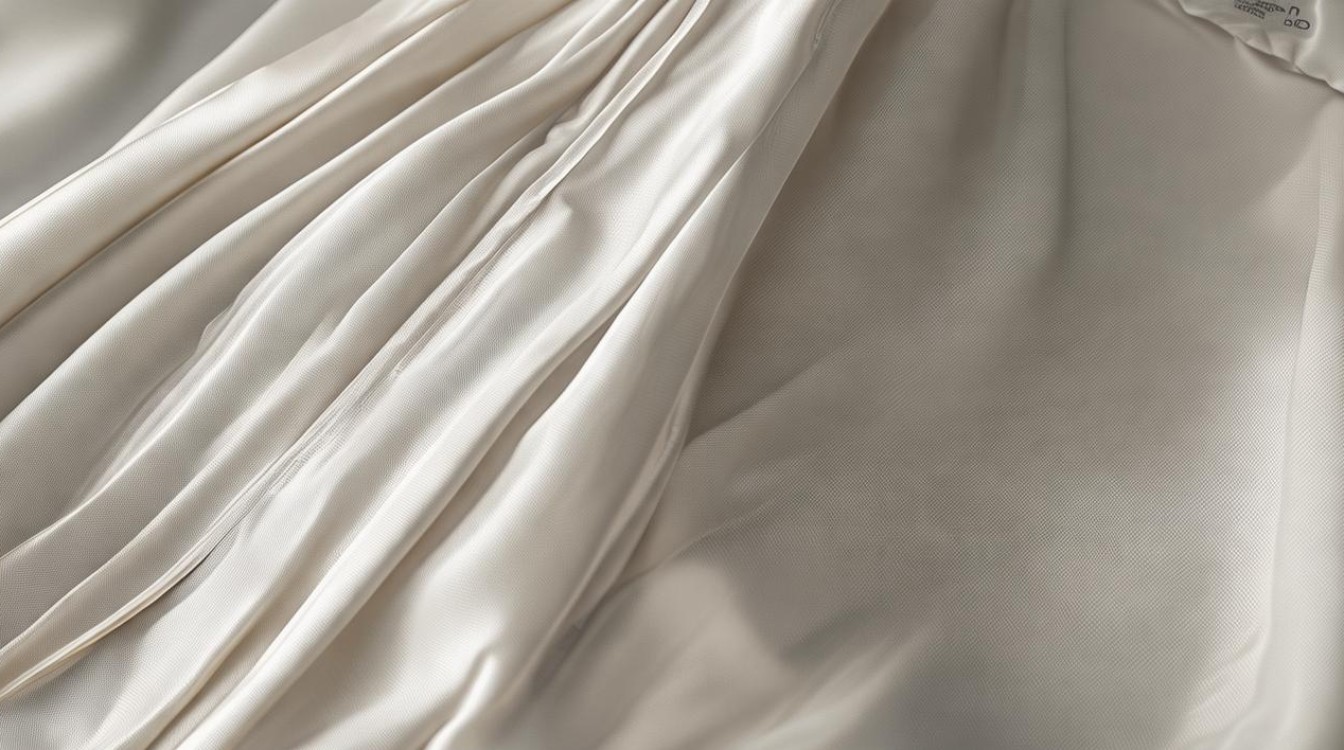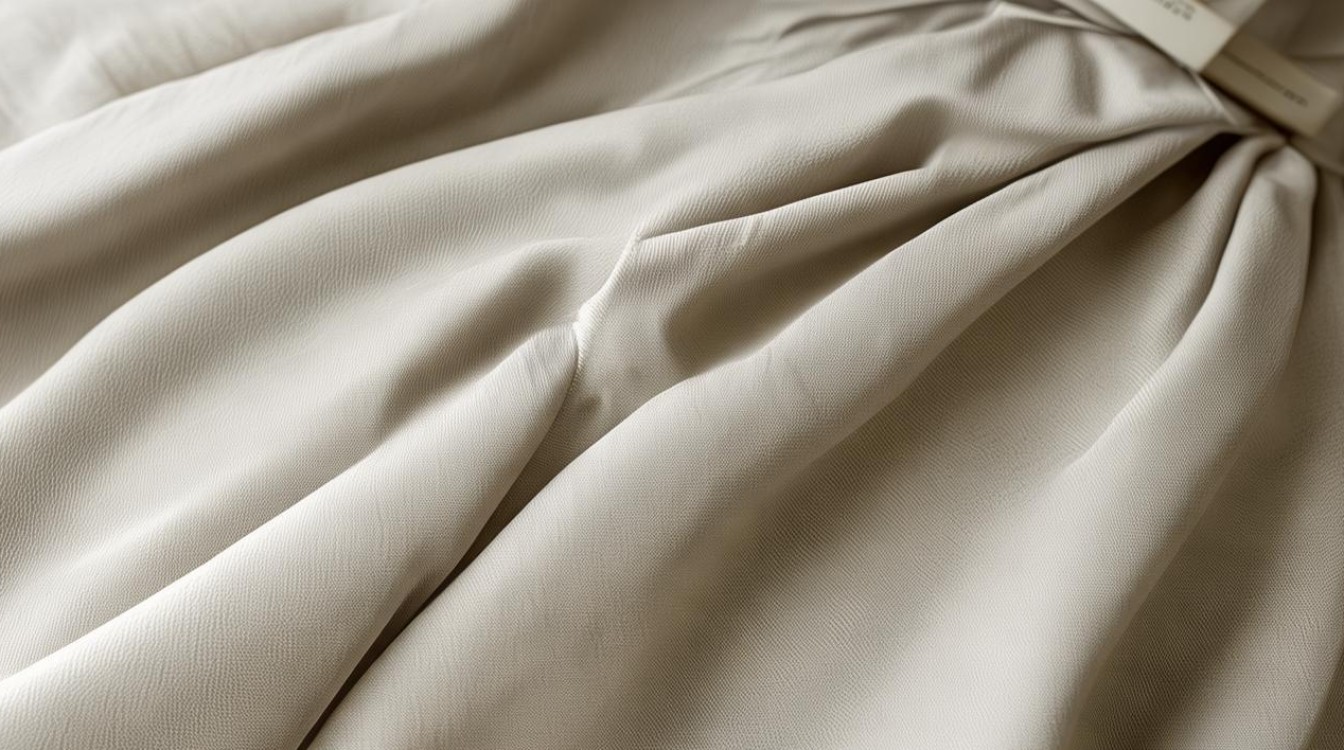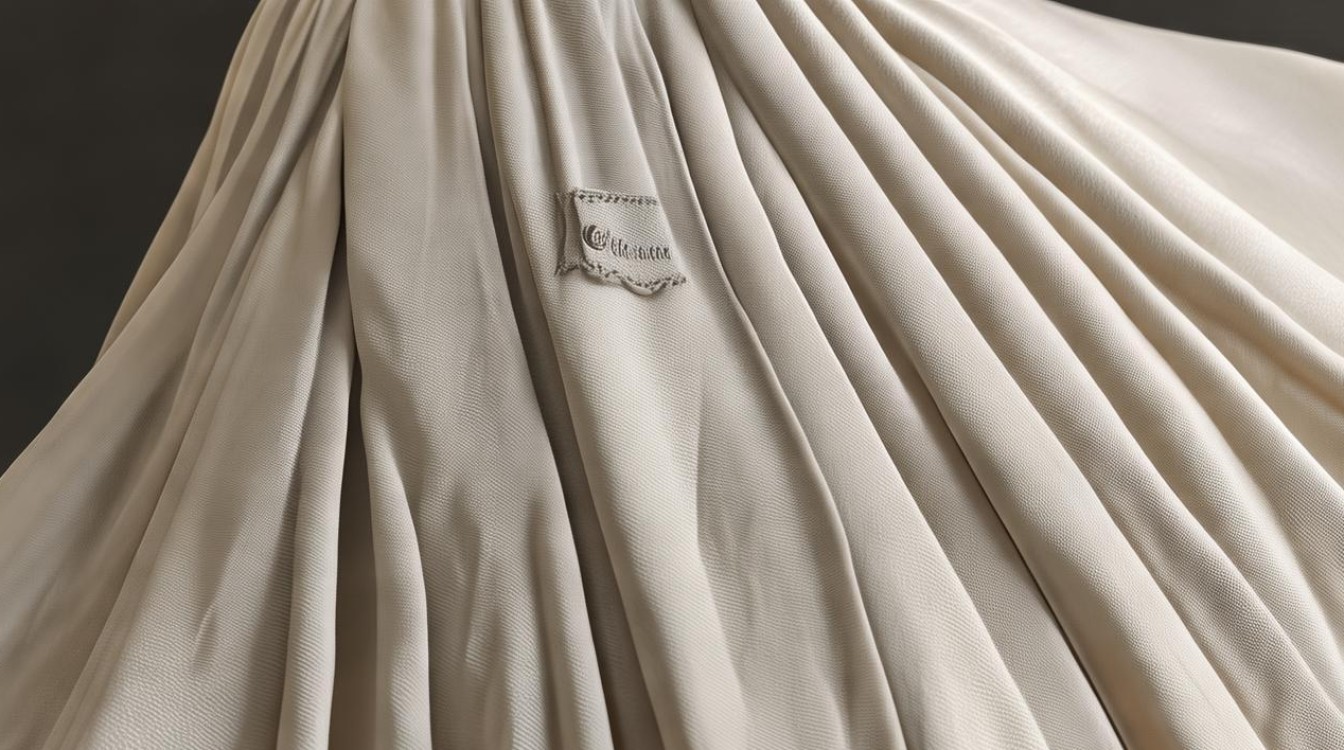When discussing women's fashion in English, two common terms often come up: "dress" and "skirt." While both refer to garments worn by women, they have distinct meanings and uses. This article explores the differences between these words, their origins, and how they are used in modern fashion.

The Meaning of "Dress" (连衣裙)
The English word "dress" translates to "连衣裙" in Chinese. A dress is a one-piece garment that covers both the upper and lower body. It typically includes a bodice (the top part) and a skirt (the lower part) sewn together. Dresses come in various styles, such as:
- A-line dress – Fitted at the top and gradually widens toward the hem.
- Shift dress – A straight-cut dress without a defined waistline.
- Maxi dress – A long dress that reaches the ankles or floor.
- Wrap dress – A front-closing dress that wraps around the body.
The term "dress" has Old French origins, derived from the word "drecier," meaning "to arrange" or "to straighten." Over time, it evolved to describe a garment that presents a polished appearance.
The Meaning of "Skirt" (裙子)
The English word "skirt" corresponds to "裙子" in Chinese. Unlike a dress, a skirt is a separate garment that covers only the lower part of the body, from the waist down. Skirts are often paired with tops, blouses, or shirts. Common skirt styles include:
- Pencil skirt – A narrow, straight-cut skirt that typically ends at or below the knee.
- A-line skirt – Fitted at the waist and flares gently toward the hem.
- Pleated skirt – Features folds (pleats) for added volume and movement.
- Midi skirt – Falls between the knee and ankle.
The word "skirt" comes from the Old Norse "skyrta," meaning a shirt or tunic. Over time, its meaning shifted to refer specifically to the lower garment.
Key Differences Between Dresses and Skirts
While both dresses and skirts are essential in women's wardrobes, they serve different purposes:

- Structure – A dress is a single piece, while a skirt is part of a two-piece outfit.
- Versatility – Skirts offer more styling options since they can be paired with various tops.
- Occasion – Dresses are often chosen for formal events, whereas skirts can be dressed up or down.
How to Use These Words Correctly
When speaking or writing in English, it's important to use these terms accurately:
- Correct: She wore a beautiful floral dress to the party.
- Incorrect: She wore a beautiful floral skirt to the party. (Unless referring to a separate skirt and top.)
Similarly, if describing an outfit where the top and bottom are separate, "skirt" is the appropriate term.
Fashion Trends and Cultural Influences
Both dresses and skirts have evolved with fashion trends. In Western cultures, dresses were historically the standard women's attire, while skirts became more prominent as fashion diversified. Today, designers experiment with lengths, fabrics, and cuts, making both garments timeless wardrobe staples.
In recent years, midi dresses and wrap skirts have gained popularity for their versatility. Meanwhile, mini skirts remain a bold fashion statement, often associated with youthful styles.
Common Misconceptions
Some English learners confuse "dress" and "skirt" because both involve lower-body garments. However, remembering that a dress includes a top portion while a skirt does not can help avoid mistakes.

Another point of confusion is the term "jumper," which in British English refers to a sleeveless dress worn over a blouse, while in American English, it means a sweater.
Practical Tips for Choosing Between Dresses and Skirts
When deciding whether to wear a dress or a skirt, consider:
- Weather – Dresses may be cooler in summer, while skirts allow layering in colder months.
- Occasion – Dresses often require less styling effort for formal events.
- Personal Style – Skirts offer more mix-and-match possibilities.
Fashion icons like Audrey Hepburn popularized the little black dress, while style influencers today showcase skirts in creative ways, proving both garments have enduring appeal.
The Evolution of Women's Fashion
Historically, dresses dominated women's fashion, with variations like the Victorian-era bustle dress or the 1920s flapper dress. Skirts gained prominence as women's roles changed, allowing for more practical and varied clothing options.
Modern fashion embraces both, with designers like Chanel and Dior redefining elegance through structured dresses and flowing skirts.

Understanding these terms enhances not only language skills but also appreciation for fashion history. Whether opting for a sleek bodycon dress or a breezy tiered skirt, knowing the correct terminology ensures clear communication in any fashion discussion.
Fashion is a language, and mastering words like "dress" and "skirt" helps express personal style with confidence. The next time you shop or describe an outfit, you'll know exactly which term to use.

